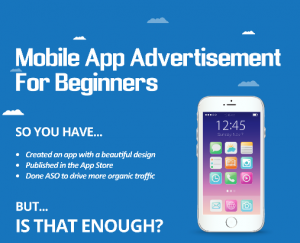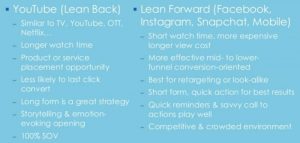One of the search marketer’s best weapons is a Dynamic Search campaign. As you may or may not know, Dynamic Search campaigns rely not on keywords for targeting, but instead use your site’s content to create and target your ads based on a user’s search behavior.
There are many great things about Dynamic Search campaigns. First off, you can be precise about the scope of the pages that you target from your site. And, even more interesting and useful, there’s the Dynamic Search Ad (DSA).
A Powerful, Automated Tool for Ad Creation
With Dynamic Search campaigns, Google dynamically generates a portion of the ad. For DSAs, you don’t provide a static headline—rather, Google dynamically generates it for you. As Google states, “The headline is dynamically created from each matching phrase entered in Google Search, and from the title of the most relevant landing page used for the ad.”

Additionally, Google states that “Dynamic Search Ads can have longer headlines than other search ads, which improves their visibility.”
A Nitty-Gritty Test of Dynamic Headlines
That all sounds great. But, what does a search marketer need to know to make best use of DSAs? For instance, how long are dynamic headlines? And, how often does a user’s search match the headline, or the headline match a user’s search or the title tag?
To answer the question of DSA headline length, I looked at the results of DSA campaigns targeting nearly 20,000 unique pages, with unique content that generated nearly 400,000 queries.
I broke the results into three areas:
- Headline length
- CTR analysis based on headline length
- Source of dynamic headline
Let’s dive in.
Headline Length of Dynamic Search Ads
When looking at the headline length, I broke out the analysis into three categories, and here’s what surfaced for each category:
- Shorter than standard text ads: 8% of the headlines generated
- Longer than standard text ads, but shorter than the combined length of expanded text ad headlines: 60% of the headlines
- Longer then expanded text ads combined headlines: 32% of the headlines
The lengthiest headline I found was 90 characters long. This appears to be the longest that a dynamic search ad headline can be.
| Number of Impressions | Headline Length | Percent of Impressions |
| 12,448,010 | Total Number of DSA Impressions | 100% |
| 1,009,327 | Headline Length < 25 Characters | 8% |
| 7,504,566 | Headline Length > 25 Characters and < 61 Characters | 60% |
| 3,934,117 | Headline Length > 60 Characters | 32% |
CTR Analysis
Next, I looked at the click-through rate (CTR) by headline length to see if there was a correlation between the length of the dynamic headline and the CTR.
| Headline Length | CTR |
| Total Number of DSA Impressions | 11.44% |
| Headline Length < 25 Characters | 12.12% |
| Headline Length > 25 Characters and < 61 Characters | 11.21% |
| Headline Length > 61 Characters | 11.70% |
While it doesn’t appear that having longer headlines necessarily yields you the highest CTR, one segment that outperformed the rest was when the character length exceeded 70 characters.
| Headline Length | Percent of Impressions | CTR |
| Headline Length > 70 Characters | 11% | 18.81% |
So, the true efficiencies appear to happen when you’ve far exceeded the normal ad headline length. Even Google’s Expanded Text Ads, with its new combined headlines, would max out at 60 characters.
The data here shows that as the headline moves into this longer territory, the CTR shoots up. This may be because when an ad gets this long, it blends in more with organic results (which have a character limit of around 77 characters).
Dynamic Headline Source
Last, I looked at the source of the headline for the Dynamic Search Ad. Google documentation states that the headline will either come from the headline of the page or the keyword, but I wanted to know what percentage of the time either situation happens. Here’s what I found:
| Percent of Headlines that Match Title Tag | 60% |
| Percent of Headlines that Are Variations of Keyword Searched | 40% |
Here, 60% of the time the dynamic headlines exactly matched the title tag. What this means—if you’re going to be a heavy user of Dynamic Search Ads, it’s best to pay close attention to the pages being targeted and ensure the title tags on those pages are high-quality. Keep in mind that other variables—such as description lines and the pages being targeted—play into the performance of the ads I’ve analyzed.
Hopefully, this information helps you better understand your Dynamic Search Ads and how to improve their performance. Here’s to successful campaigns.
Digital & Social Articles on Business 2 Community(86)







